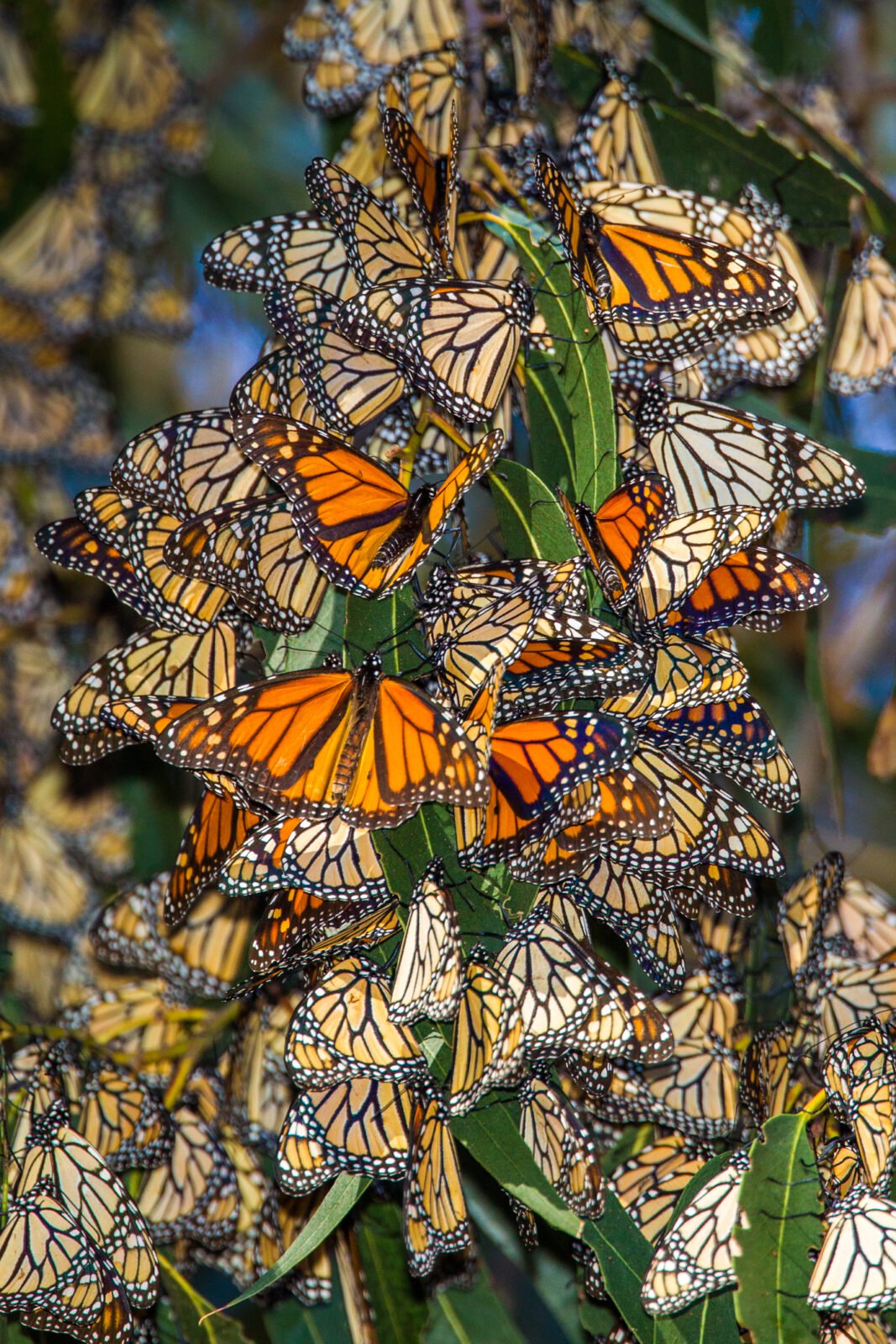
Native News Recap: 2022
Here’s a native news recap looking back at some of the biggest native plant news stories of the...

Fallscaping: Extending Your Garden Season into Fall, by Nancy J. Ondra and Stephanie Cohen Rating: 🌳🌳🌳🌳/5 Trees Genres: Non-Fiction, Garden Design, Horticulture Summary: Most garden design books focus on the riotous colors and full blooms of the spring and summer seasons. However, we highly recommend Fallscaping if you’re interested in designing a garden that can beautifully transition from its summer peak to the dormancy of winter. Review: Nancy Ondra and Stephanie Cohen have crafted a fall planting guide that has value for both beginner gardeners and old-pros alike. They begin by highlighting “The Key Players” for autumn gardens, categorizing them by blooms, foliage, seeds heads, and berries. Here they list some of our favorite native plants, including Purple Coneflower, Joe Pye Weed, Smooth Aster, Franklin Tree, Maples, Pink Muhlygrass, Narrowleaf Blue Star, Winterberry, and many more. Ondra and Cohen then move on to “Perfect Partners for Fall” and describe small-scale, complementary plant combinations. When “Putting It All Together” they dig into larger scale planting designs that provide interest through the spring and summer as well as autumn. Finally, they offer a “Fall Garden Care Primer” which breaks down key gardening tasks that can be tackled in the fall. The book is also sprinkled with Plant Spotlights as well as Fall Techniques to help with fall planting. Fair warning to native plant lovers, native plants are not the focus of this book; they are, however, very frequently recommended. We endorse this book primarily on its value as a design and planning tool and because it focuses on the often-unrecognized beauty of fall gardens. It’s easy to follow the design suggestions and substitute native plants for any non-natives that are recommended, if you wish. Native plant enthusiasts will appreciate that the book addresses the problems associated with invasive plants and lists common invasive plants to be wary of. Fallscaping encourages people to garden responsibly and research what each state/locality classifies as invasive. Additionally, they deftly tackle the contentious issue of fall bed cleaning. Ondra and Cohen acknowledge that “there’s no one right answer” (134) and offer reasonable compromises for gardeners who, for whatever reason, are unable to leave dead plant material in their garden. We understand that garden design can be daunting, and so we highly recommend this book as a valuable design and planning tool. Fallscaping gives home gardeners the tools they need to design and install a garden that’s beauty extends into the fall season. Want to stay up-to-date with all of our Native News? Sign up for our email newsletter! 

Here’s a native news recap looking back at some of the biggest native plant news stories of the...
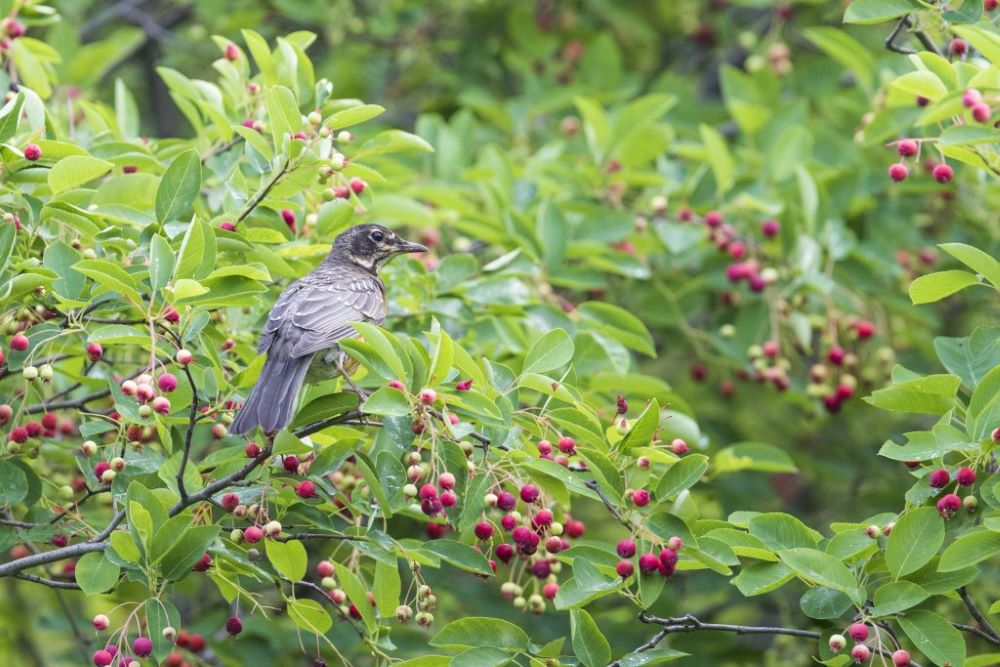
In the past we have emphasized the importance of keystone species in supporting bird populations,...
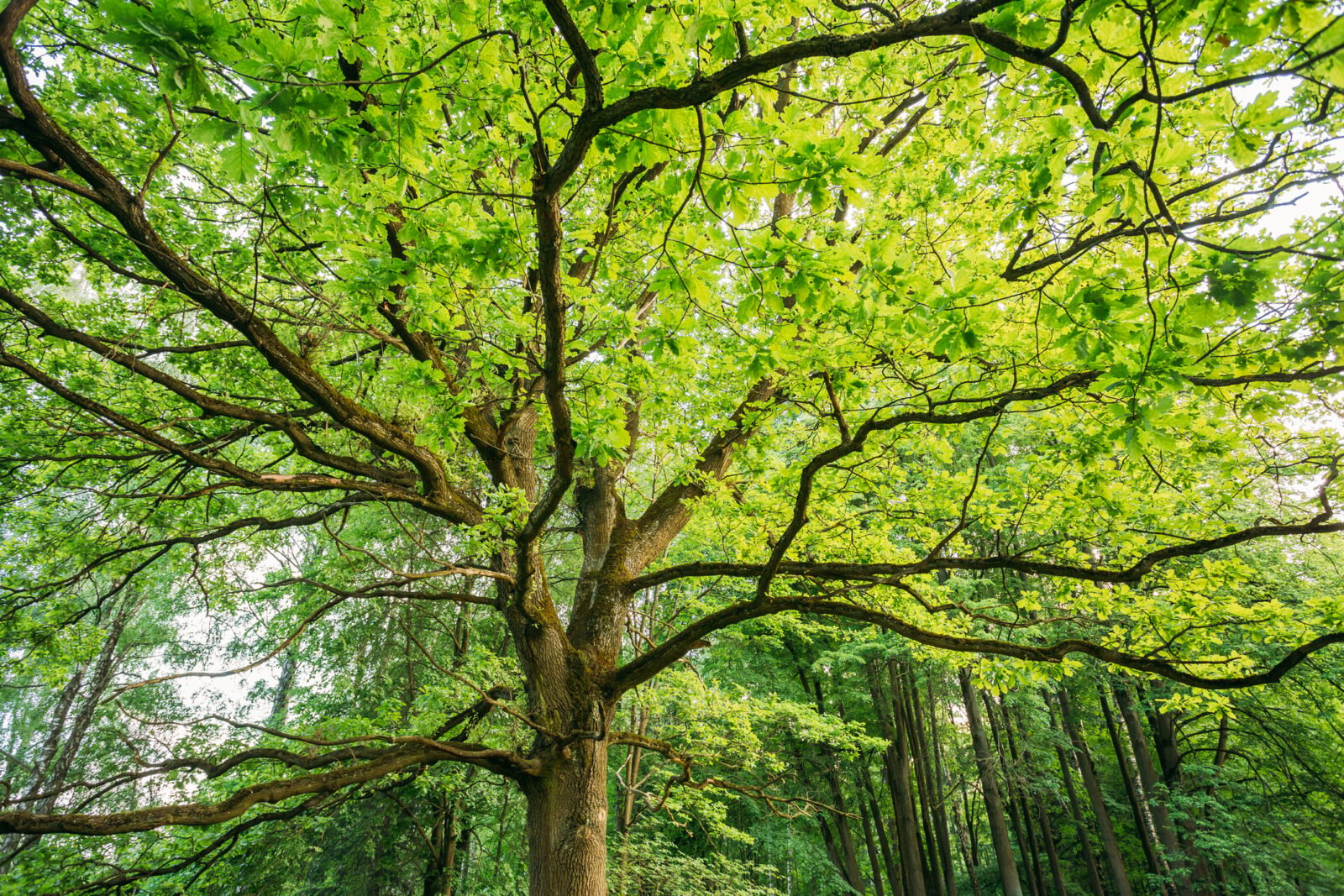
Perennials are the stars of most gardens, and no wonder! They provide a variety of shapes and col...
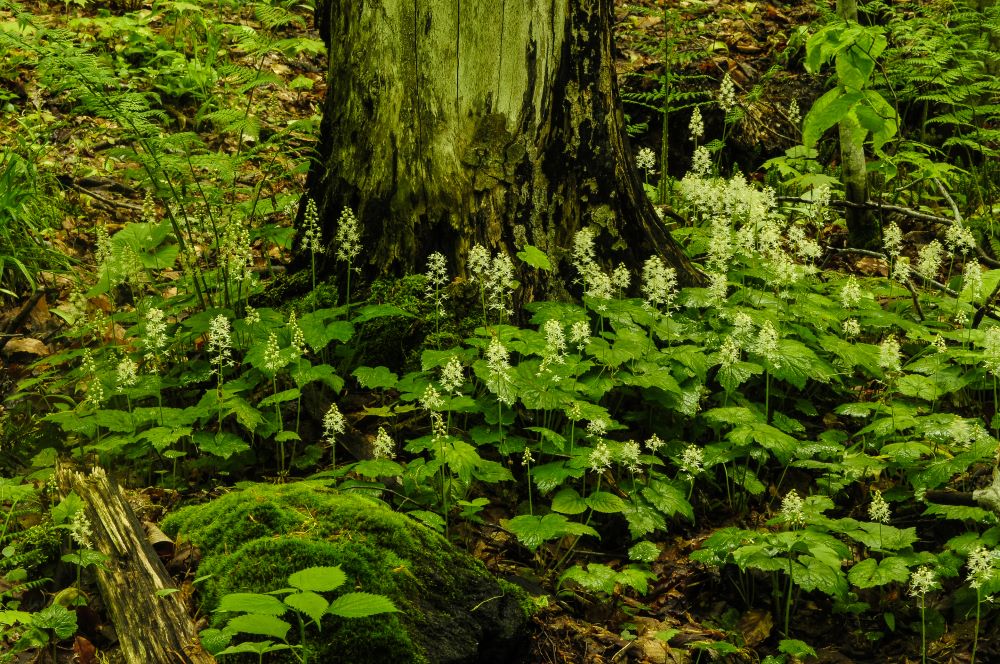
These native ground covers for shade make a perfect living mulch by holding in moisture, keeping ...

Gardening is ‘In’! Over the past two years gardening has suddenly become very popular with pe...
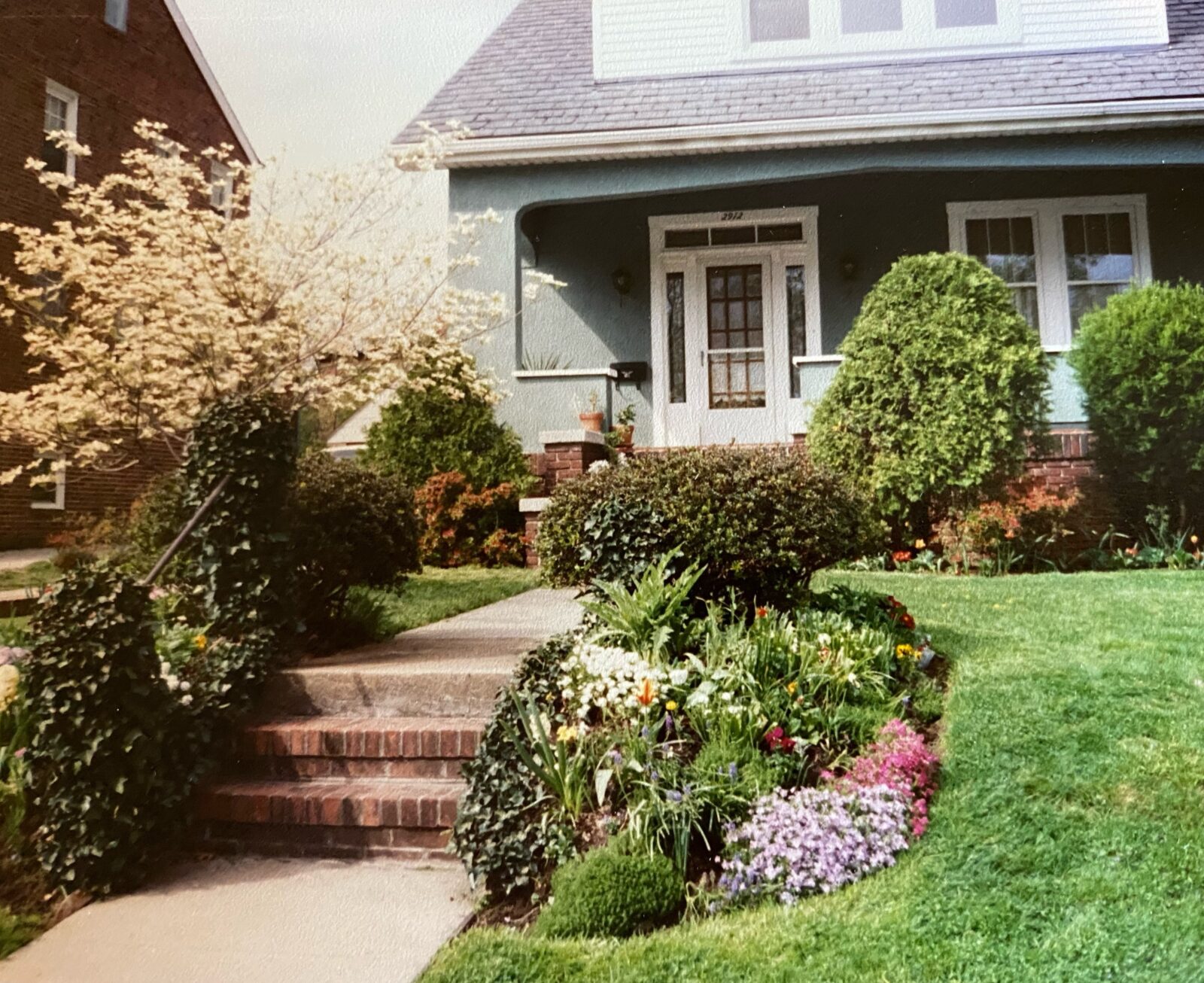
Mothers give us so much, but sometimes it takes a while for us to appreciate the gifts that we ca...
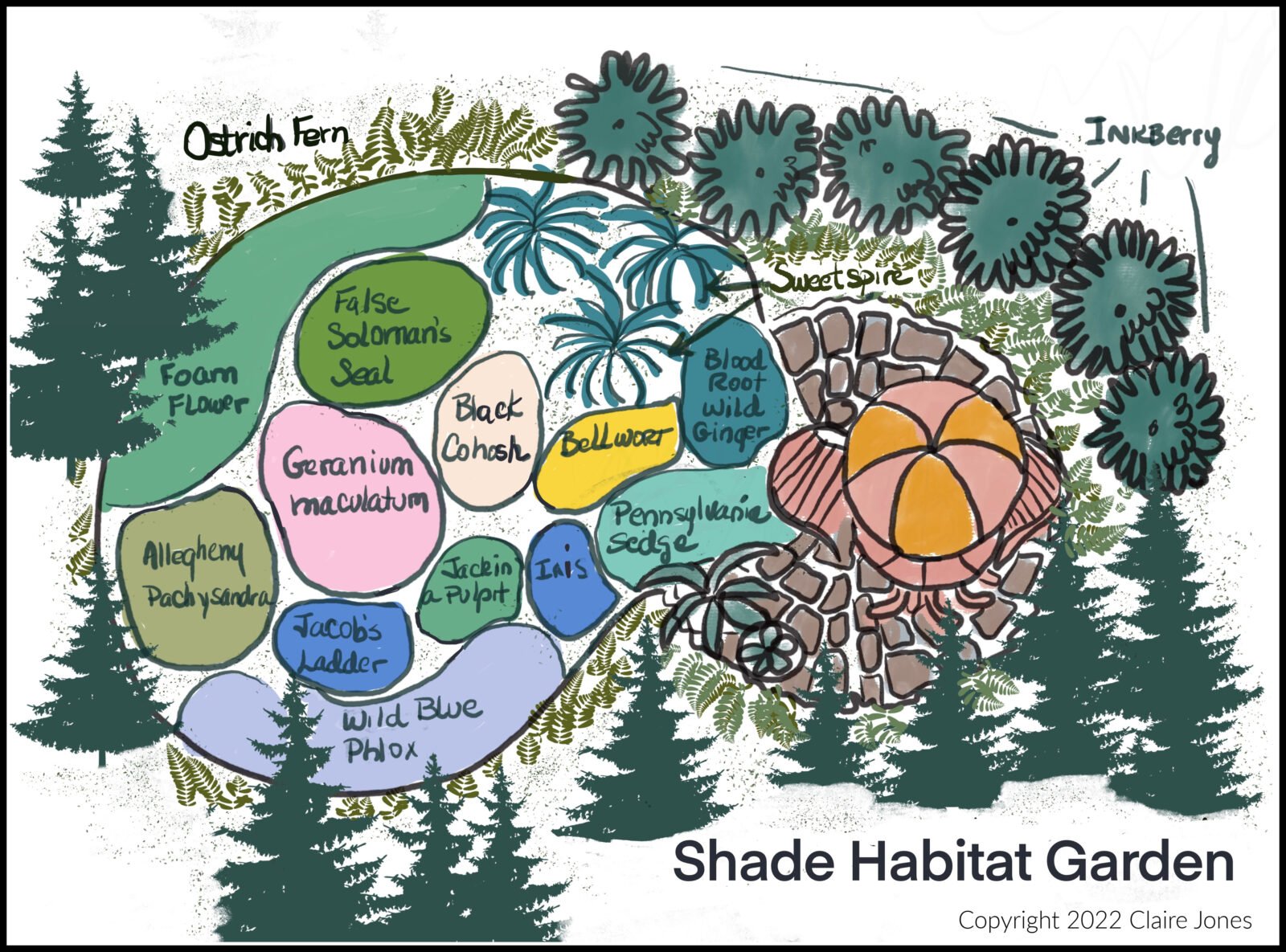
This is the second part of my Habitat Heroes Design series. The first part was a sunny garden of ...
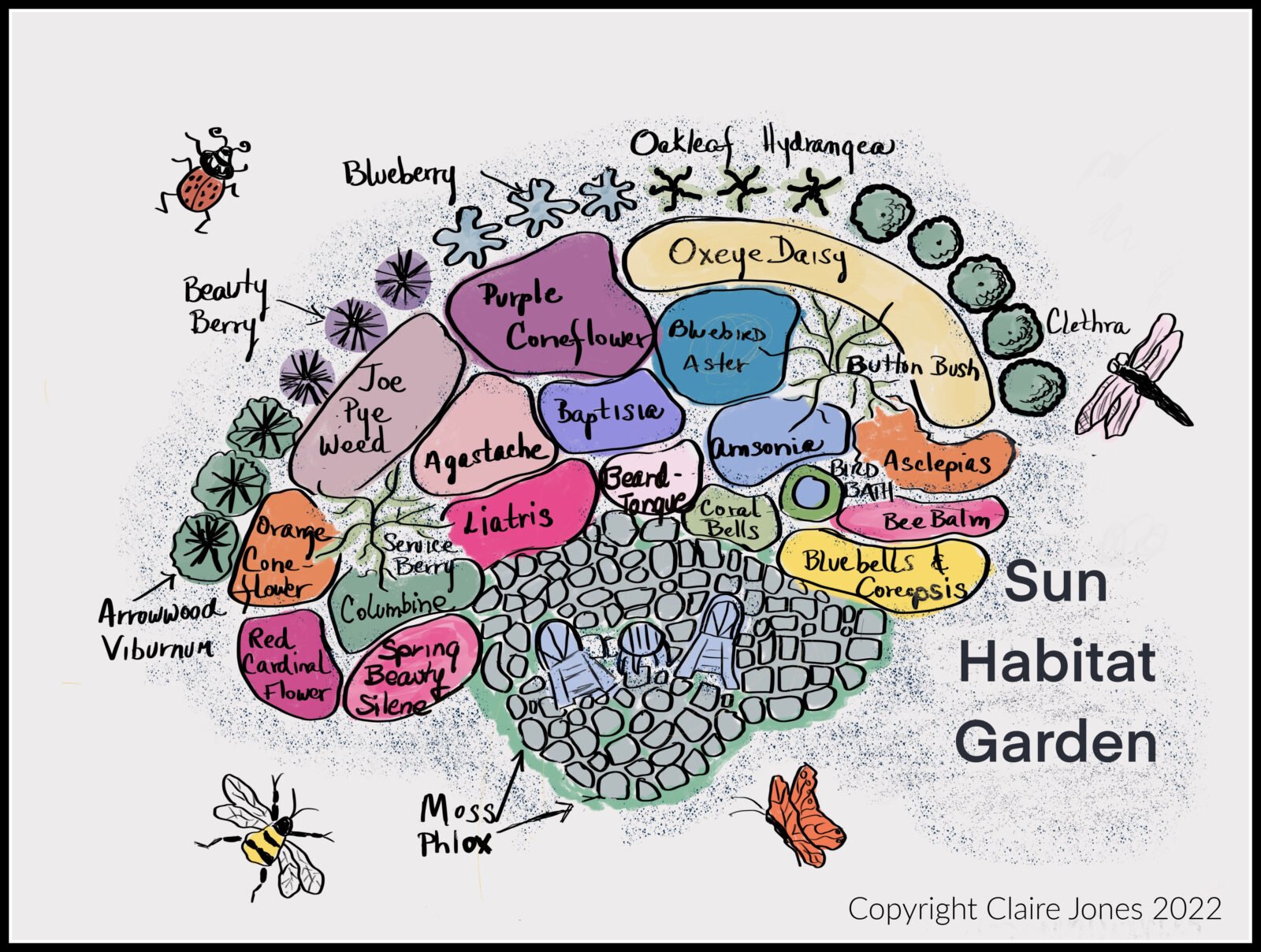
This blog post will cover how to design and install a Sunny “Habitat Hero Garden” with native...
Now Shipping for Spring 2024!